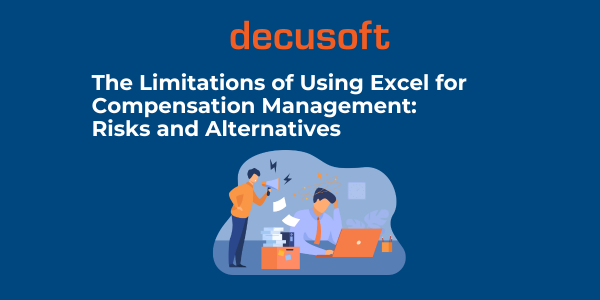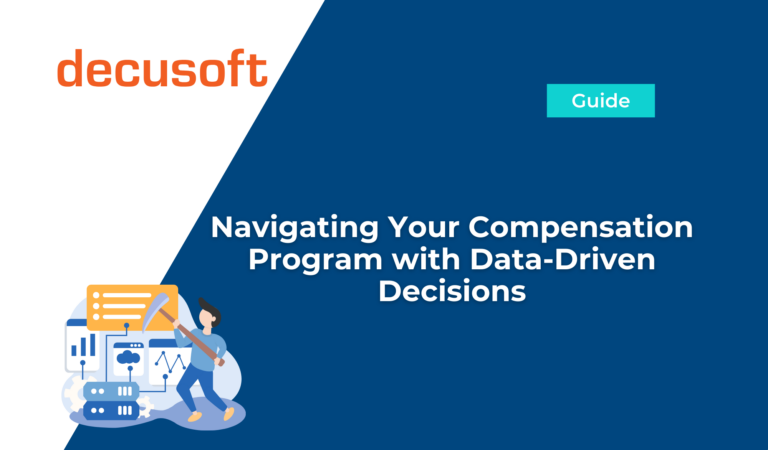DE&I in the workforce has been one of the hottest topics on the minds of all types of businesses. The drastic changes in the workforce over the past two years have increased the focus on DE&I even more as workers are holding prospective employers accountable to engage in social activism and support Corporate Social Responsibility initiatives.
So, is DE&I just a recent, pandemic-related buzzword? Or is it far more than that? And why should businesses spend time and money on it?
The simple answer? DE&I is not a program, policy, initiative, or training.
The real answer? It’s the whole enchilada, a critical part of an effective total compensation strategy.
The million-dollar question – What is Diversity, Equity & Inclusion?
Although grouped together, Diversity, Equity & Inclusion have separate meanings but are meant to align closely with one another. All of these concepts are tools to assist in creating a culture that values all workers and communities.
But it’s important to understand the role of each concept and be able to differentiate between them in order to understand the best path to the desired goal. It may be surprising but some of these concepts shouldn’t stand on their own. It’s more than being welcoming to others.
Diversity is an awareness of differences and the value that those differences bring. Companies frequently incorporate diversity awareness into their orientation and new hire training. And they generally tie that into policies that attempt to govern workplace behavior related to diversity.
But changing behavior is difficult under the most favorable circumstances so learning to appreciate differences doesn’t guarantee the change necessary to impact the culture in a positive way.
Equity ensures that everyone operates on a level playing field. This can involve pay, treatment, work hours, and other forms of compensation. It requires employers to acknowledge the barriers and advantages that their employees experience. Analytical tools and transparent performance and pay reports can provide valuable data around how employees are being paid or promoted. Equity also means systematically de-biasing the organization. For instance, if you include credential requirements like a four-year college degree for skills-based roles like software development, you run the risk of discriminating against applicants from economic backgrounds who couldn’t afford to do a four-year college degree.
Inclusion equates to more purposeful actions. The intent is to include others, but that doesn’t necessarily equate to sharing power with them. Along with the other concepts, inclusion may increase harmony in the workplace. But if inclusion is confined to making sure that everyone is welcome to participate, it doesn’t address inequities of power and access.
Equity is the whole package
Equity differs from all of the above in one significant way – power. Equality is designed to provide more access to resources, but it doesn’t take into account that everyone doesn’t have an equal starting place or preparation due to historical inequality. Members of underrepresented groups may need different or more resources in order for true equality to be in effect.
Equity is the equal sharing of power without regard to other factors. The Merriam-Webster dictionary describes equality as “sameness of treatment” and equity as “proportional fairness.”
A widely shared illustration captures the difference between equality and equity. People of different heights need to stand on boxes to see over a fence. If the boxes are all identical in height, they may be equal but that will prevent some people from seeing over the fence. However, if different sizes of boxes are available, everyone, regardless of height, has the same opportunity to see what’s on the other side.
When all of these things come into play and diverse team members know that the company values their differences, welcomes their contributions, and that there is equal sharing of power and decision-making, equity has been attained.
The path to DE&I
DE&I must be embedded in the values of the organization rather than just training. It’s best to take a holistic approach to determine how to incorporate these values into the fabric of the organization.
1. Identify the reason for beginning a DE&I initiative
A strongly-held belief that celebrating diversity and providing equal access to decision-making is:
-
- The right thing to do regardless of other factors
- Healthy for everyone involved
- A commitment to embedding it into the fiber of the company’s values and actions
- A core part of what makes a company who they are
2. Understand that it’s NOT:
-
- Training. Education about the company’s beliefs and values is critical but it can’t stand alone. It’s not easy to change people’s belief systems or habits and expect a one-and-done.
- A program or policy. It’s also difficult to legislate the core of what people believe but there must be standards that outline the expected behavior and the possible consequences for failing to exhibit those behaviors.
-
- A trend or buzzword. Our world is diverse in every aspect, and we know that it brings innovation, creativity, and adaptability.
3. Educate and obtain the support of decision-makers
4. Ensure internal development opportunities for diverse employees.
5. And then, hold leadership accountable for attracting, developing, and retaining diverse candidates.
Why businesses must make the commitment
Global management consulting firm McKinsey & Company reviewed a variety of factors including gender, ethnic, and cultural diversity in one thousand companies in fifteen countries. The results consistently demonstrated that higher representation equates to outperformance compared to other companies.
But progress in commitment to diversity continues to be slow. The pandemic has further impacted commitments to DE&I for some businesses. But McKinsey believes that businesses who feel that commitment to DE&I is a “luxury” will lose out on innovations that will strengthen their recovery.
Businesses that understand the criticality of DE&I are “adopting systematic, business-led approaches.” The authors encourage companies to “seize this moment—both to protect the gains they have already made and to leverage I&D to position themselves to prosper in the future.”



